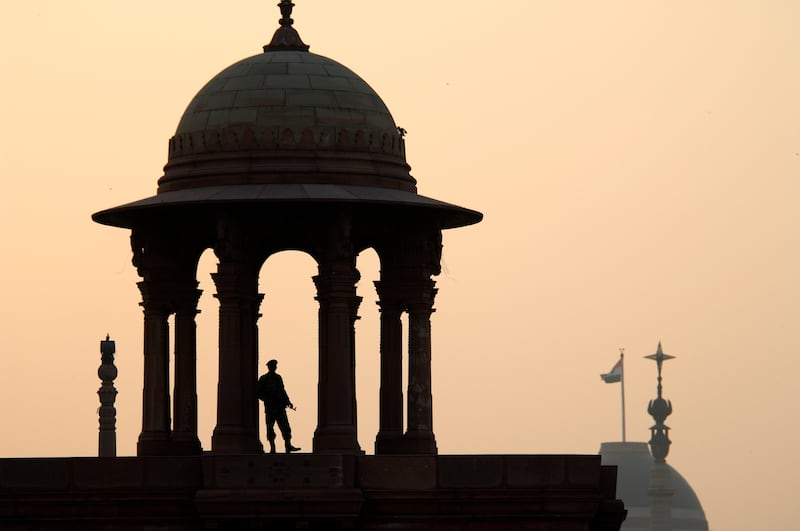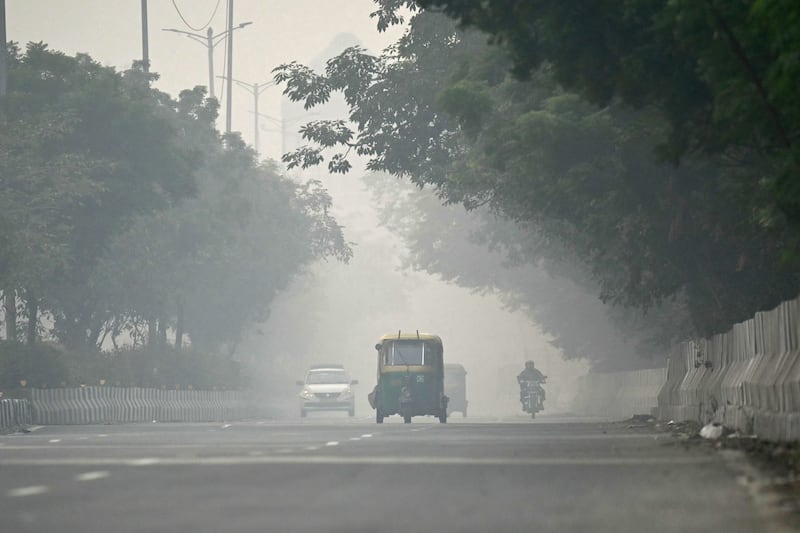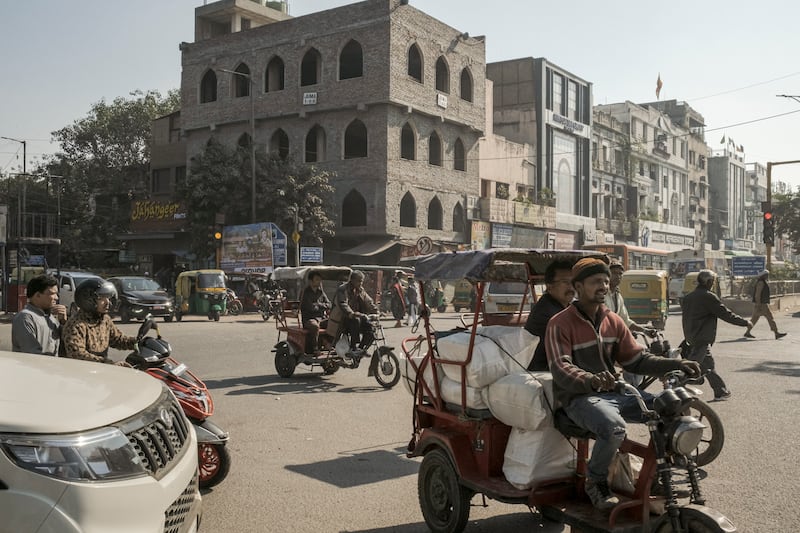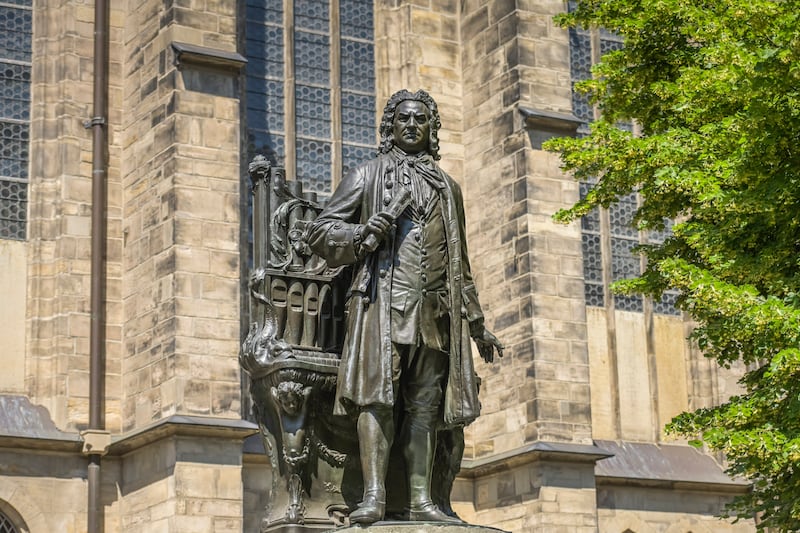My almost daily routine of cycling 35-40km across India’s capital, New Delhi, takes me through three distinct sections of the city, defined by history, architectural style and ambience.
I start in South Delhi, a collage of nondescript but expensive neighbourhoods, crisscrossed by unprepossessing commercial buildings and crowded shopping areas, which rose unimaginatively after India’s independence in 1947.
Thereafter, I cross into what can broadly be called Mughal Delhi – built in the early 16th century and interspersed with dilapidated Islamic forts, imperious gateways and carefully restored, resplendent tombs of Mughal and lesser-known Muslim rulers.
My final run is the most pleasant: across the city’s colonial portion, spread over 26sq km known as Lutyens Delhi Bungalow Zone, named after the British architect Edwin Lutyens, who designed it in the early 1900s.
Here, I pedal furiously down imposing tree-lined avenues, past quaint, almost century-old bungalows set in acres of well-tended gardens, registering the residential roll call of India’s political, administrative and military leadership that reside inside.

There are about 1,000 bungalows in this zone, of which no more than 10 per cent are privately owned, and they include theprime minister’s magnificent, albeit fortress-like, five-bungalow complex.
Lutyens’ Delhi was completed in about 1930 and remains largely unchanged, almost as if the Raj’s sahibs and memsahibs had just departed from their bungalows. One of 800-odd MPs provided official accommodation here irreverently referred to this zone as an anachronism, an “offensive luxurious anomaly”.
For the hordes of armed policemen on security duty outside each of these bungalows, I am just a greybeard with a baseball cap, inexplicably pedalling by. Over time, some of these bored-stiff sentries, cocooned inside sentry boxes, have come to recognise me and wave as I glide past in my unconventional shalwar-kameez ensemble which, no doubt, provides fleeting comic relief to their humdrum and seemingly endless watch details.
But traversing Delhi’s diverse sections poses formidable challenges.
Pollution is the most unpleasant and palpable hurdle, with Delhi being one of the world’s most polluted cities. Its air is choked by industrial emissions and diesel fumes from vehicles and it’s a problem that is getting worse by the week. Successive city and federal governments have remained apathetic to this hazard, which in recent years has prompted several foreign missions to reduce the duration of their diplomats’ postings to Delhi from three to two years.

Chaotic traffic is the other obstacle. The daily frequency of accidents in India’s capital is, at a conservative estimate, more than 100 times higher than in western cities, with an average of six people dying daily, the majority of them pedestrians, cyclists and two-wheeler drivers, more often than not struck down by speeding trucks and buses.
[ India: Narendra Modi sworn in as prime minister for third termOpens in new window ]
A recent study by Delhi’s Indian Institute of Technology found that cyclists were 40 times more prone to fatalities than cars in the city. This is not surprising, as Delhi’s traffic-guiding principle, like elsewhere across India, is basic – wherever an opportunity presents itself, exploit it and damn the consequences.

Additional obstacles include aggressive stray dogs, herds of cows squatting in the middle of roads, and the most menacing of all: tribes of aggressive monkeys no longer fearful of man.
Descended from primates that inhabited the jungle cleared to build the imperial city in the early 1900s, these red-faced rhesus macaques dominate the Lutyens zone, often attacking passersby, including cyclists, for food.
They have commandeered roads, public buildings, parks and bungalows occupied by India’s power elite and anyone attempting to trap them is either beaten up or chased away by a reverential public as Hindu religious sentiment associates these simians with Hanuman, their revered monkey-god. Shooting dead these monkeys is unthinkable. India is dotted with tens of thousands of Hanuman temples, and every Tuesday is reserved for his worship.
So, this provokes the obvious question: can navigating formidable impediments like pollution, killer traffic and wildlife on a bicycle, be fun, day after dangerous day?
[ Indian scientists to ‘seed’ clouds so rain may dampen New Delhi smogOpens in new window ]
The short answer is yes.
Undeniably, it’s testing, but over the years it has become relatively effortless and peril-free, in addition to the obvious benefit of keeping me fit. But above it all, I remain more aware of and sensitive to this hoary city’s physical environment, as I daily observe centuries of history at close quarters, often discovering new features.
On top of that, a lot of people cheer me on, giving this ageing bicyclist the thumbs-up sign, rendering the bike ride on perilous roads worthwhile.
- Sign up for push alerts and have the best news, analysis and comment delivered directly to your phone
- Find The Irish Times on WhatsApp and stay up to date
- Our In The News podcast is now published daily - Find the latest episode here



















